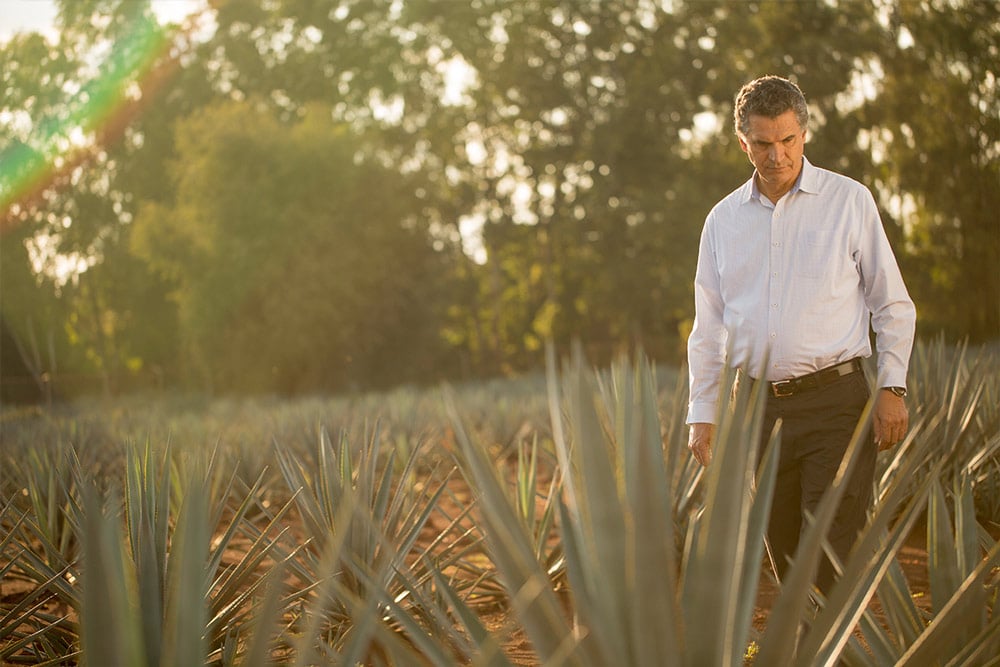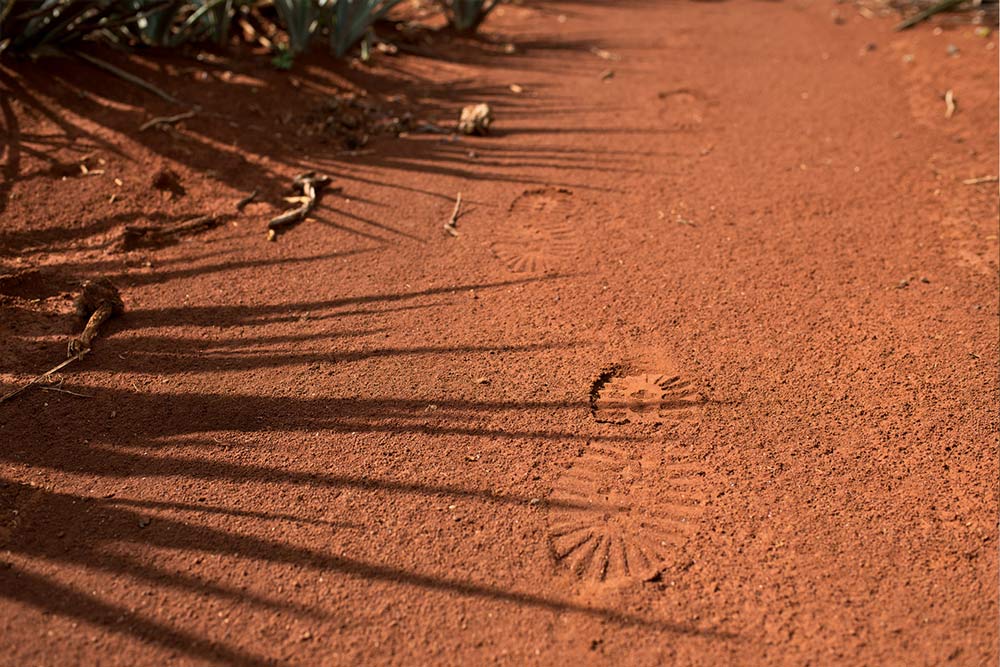
By The Tahona Society Editorial Team
Let’s raise our glasses for the legacy of Jesús Hernández and Altos Tequila, who were celebrated at the Spirit Business Awards 2024
Written by
Jesús Hernández, Maestro Tequilero at Altos tequila
Published on
Jul 22, 2025

In celebration of International Tequila Day, held each year on July 24, we invited Jesús Hernández, Maestro Tequilero at Altos Tequila, to share his insights on how the terroir of Los Altos and El Valle in Jalisco shapes the character of the tequilas produced there. Factors such as climate, altitude, and soil significantly impact the profile, sweetness, and complexity of the final product.
Within the Tequila Denomination of Origin region, there are two main production zones that differ in the general characteristics of the tequila made in each. As you may be aware, both are located in the state of Jalisco, where most tequila is produced. These two zones are Los Altos de Jalisco and El Valle de Tequila, and the key difference between them lies in their terroir.
But what is terroir? The term refers to the environmental conditions that include soil, climate, altitude, and water source.
For example, in Los Altos de Jalisco, the soil is predominantly red and clay-based, with a complex mix of minerals such as iron, copper, and magnesium. It has a slightly acidic pH, ranging from 6 to 7, and the altitude varies between 2,000 and 2,200 meters above sea level. These conditions result in a significant temperature difference between day and night, causing stress in the agave plant.
Another source of stress for agave in this region is the long dry season. Rainfall in Los Altos lasts just over three months, leaving nearly nine months with no rain. During this dry period, agave plants receive minimal moisture, relying mostly on morning dew, which forms on the plant’s abundant leaves. At night, the pores of the agave leaves open to absorb this moisture. Plant stress triggers greater starch production, which later results in higher concentrations of total sugar reducers.

Meanwhile, in El Valle de Tequila, the soil is sandy and of volcanic origin, characterized by a high silica content and a simpler composition. The altitude here ranges between 1,300 and 1,500 meters, and temperatures often exceed 40°C. The air is more humid for most of the year due to the valley’s relative proximity to the Pacific coast. These environmental conditions promote rapid growth and early maturation of the agave plants. However, the total sugar reducers produced by these plants are 15 to 18 percent lower than those from Los Altos, based on data collected over a two-year period at our distillery.
Moreover, agricultural practices differ significantly between the two regions. In Los Altos, agave plants are spaced further apart, which gives them better sun exposure and ventilation, contributing to healthier development. Weed control is also more rigorous in this region. In El Valle, agave is often planted on hillsides, where access is more difficult. Consequently, the plants receive less care and support throughout their growth cycle.
As a result of these terroir differences, the flavor profiles of the tequilas produced in each zone are distinctly different. Generally speaking, tequilas from El Valle tend to be herbal, earthy, and simpler, while tequilas from Los Altos are typically sweeter, fruitier, and more complex. Of course, the production process also has a major impact on a tequila’s final characteristics.
It is worth mentioning that our focus on profile adjustments has been through production variables. It would be fascinating to run dedicated production batches using agave from different plots separately to investigate whether they yield distinctive and noteworthy differences.
